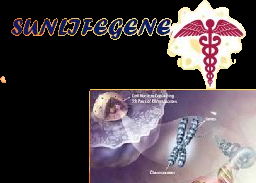Bioinformatic Analysis of MARCO in Multiple Myeloma Bone Marrow Microenvironment

Bioinformatic Analysis of MARCO in Multiple Myeloma Bone Marrow Microenvironment
Jerry Huang, Grade 11 Student Upper Canada College, SunLifeGene Institute of Medical Science Cancer Research Program January 29,2025
Multiple myeloma (MM) is characterized by an accumulation of malignant plasma cells (PCs) within the bone marrow (BM). The BM microenvironment supports the survival of malignant cells and is composed of cellular fractions that foster myeloma development and progression by suppressing the immune response. Despite major progress in understanding the biology and pathophysiology of MM, this disease is still incurable and requires aggressive treatment with significant side effects. MARCO (Macrophage Receptor with Collagenous Structure) is a class A scavenger receptor that plays a dual role in immunity by clearing pathogens and debris while also contributing to inflammation. In MM, MARCO-expressing macrophages are a component of tumor-associated macrophages (TAMs) that shape the tumor microenvironment. MARCO-positive macrophages exhibit two phenotypes that can either support or inhibit tumor growth. However, in most cases, large amounts of MARCO suppress the immune system and promote tumor growth by inhibiting anti-tumor processes. Previous research indicates that MARCO recruits other immunosuppressive cells, including regulatory T cells (Tregs), further weakening antitumor immune responses. MARCO-positive TAMs contribute to a supportive microenvironment for cancer by promoting the M2-like macrophage phenotype, which enhances tumor growth and metastasis through the secretion of cytokines and growth factors. To better understand the impact of MARCO in MM, bioinformatic analyses were utilized. The results indicate that MARCO-positive monocytes and macrophages increase in MM patients compared to healthy individuals. High MARCO expression correlates with a poor prognosis in MM patients. Future direction of research will focus on reprogramming MARCO-positive TAMs from the immunosuppressive M2 phenotype to the immune-activating M1 phenotype to strengthen the immune response against MM. Text
